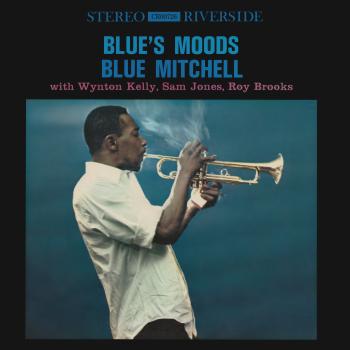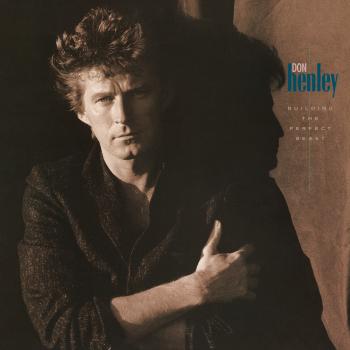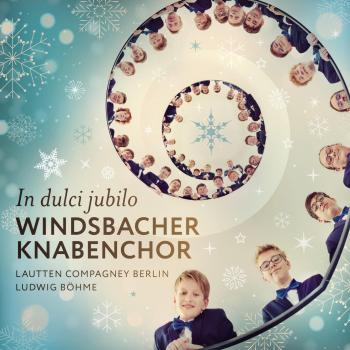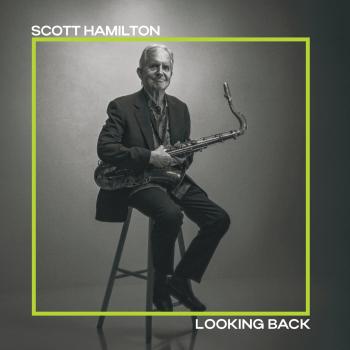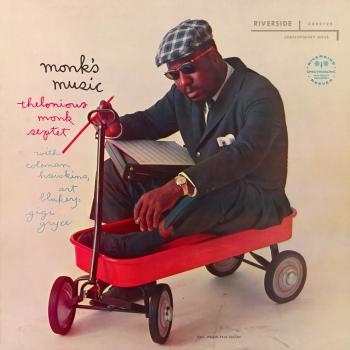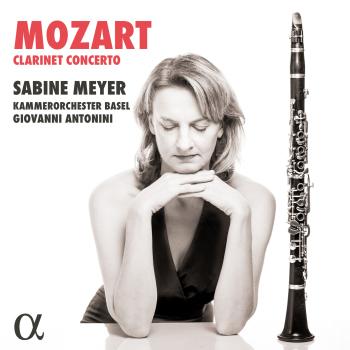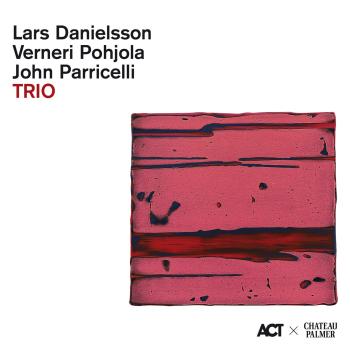
Beethoven: Complete Symphonies, Vol. 1 Copenhagen Phil & Lan Shui
Album info
Album-Release:
2015
HRA-Release:
01.04.2015
Label: Orchid Classics
Genre: Classical
Subgenre: Orchestral
Artist: Copenhagen Phil & Lan Shui
Composer: Ludwig van Beethoven (1770-1827)
Album including Album cover Booklet (PDF)
- Ludwig van Beethoven (1770 - 1827): Symphony No.1 in C major, Op.21
- 1 I. Adagio molto - Allegro con brio 08:01
- 2 II. Andante cantabile con moto 07:06
- 3 III. Menuetto - Allegro molto e vivace 03:53
- 4 IV. Adagio - Allegro molto 00:12
- Symphony No.2 in D major, Op.36:
- 5 I. Adagio molto - Allegro molto 11:13
- 6 II. Larghetto 10:26
- 7 III. Scherzo 03:44
- 8 IV. Allegro molto 05:55
- Symphony No.3 in E flat major, Op.55 Eroica:
- 9 I. Allegro con brio 14:29
- 10 II. Marcia funebre: Adagio assai 14:53
- 11 III. Scherzo: Allegro vivace 05:24
- 12 IV. Finale: Allegro molto 10:08
- Symphony No.4 in B major, Op.60:
- 13 I. Adagio - Allegro vivace 10:35
- 14 II. Adagio 08:17
- 15 III. Menuetto: Allegro vivace 06:01
- 16 IV. Allegro ma non troppo 06:03
Info for Beethoven: Complete Symphonies, Vol. 1
Ludwig van Beethoven in the years surrounding Symphonies 1 - 4:
Beethoven came to Vienna from Bonn in the 1790s to study composition with Joseph Haydn, among others. He spent his first year in the city absorbing as much as he could from the many first-rank musicians there, and securing his name as a virtuoso pianist. His popularity as a performer gave him access to economic support, and by the time his opus 1 was published he was already a well-known presence in Vienna. It was therefore a notable event on the musical calendar when he unveiled his first symphony in 1800, and public attention to Beethoven and his works continued unabated until his death in 1827.
Only a few years after his arrival in Vienna, Beethoven began to have problems with his hearing. Eventually he became completely deaf, but in these years some of his hearing still remained. In 1801, while on holiday in Heiligenstadt, he wrote a letter to his brothers in which he famously bemoaned his failing ears. Back in Vienna, he resolved single-mindedly to follow his own voice as a composer, and the third symphony became the first work in what later became known as his middle period.
Symphony No.1 in C major, Op.21:
Beethoven’s first symphony had its premiere in 1800, in a concert where Beethoven introduced himself to Viennese audiences. In this work Beethoven experiments with the classical form in various ways, for example in the slow introductions to both the first and fourth movements. In the introduction to the first movement, Beethoven hides the key by starting the symphony with a series of chords which are remotely related to C major, the tonic key of the symphony. In the fourth movement introduction, there is no doubt about the key, but the playful and teasing atmosphere is maintained. The two middle movements are the music of a young man: restless, agile, and shimmering. The third movement is here still entitled “Menuetto” although in reality it is a scherzo, both faster and more impudent than the classical minuet.
Symphony No.2 in D major, Op.36:
A Viennese music critic reportedly described Beethoven’s second symphony as “an injured dragon that refuses to die”. Harsh words, and difficult to understand today when one hears the music, but Beethoven is indeed a bit heavy-handed in the last two movements of the symphony, making musical jokes and mischief in a not so thoroughly elegant manner. On the other hand, he creates musical life and symphonic energy on the highest level. Beethoven introduces the scherzo for the first time, in place of the classical symphony’s minuet. The symphony is brimming with zest for life, and crackles with energy. It was performed for the first time in 1803.
Symphony No.3 in E flat major, Op.55 “Eroica”:
Beethoven’s third symphony is both bigger and darker than his two previous efforts in the genre. Each of the four movements is expanded in scale, and Beethoven digs deeper and deeper into the respective moods, heaping expressive layers one on top of the other. Contemporary critics considered the symphony to be empty contrivance, and exaggerated in its expression. The lightness of the second symphony has not completely vanished -Beethoven employs it for contrast in the first movement, and also in the scherzo of the third movement. The composer himself gave the symphony its subtitle “Eroica”, and the work was performed for the first time in 1805. Brass instruments, particularly horns, play an expanded role compared to the earlier symphonies.
Symphony No.4 in B major, Op.60:
In terms of its mood and expression, the fourth symphony from 1807 resembles the second symphony: both are permeated by an atmosphere of lightness, of ease. Despite the fact that only a few years separate the two symphonies, Beethoven’s greater maturity is unmistakable in the fourth. Opus 60 is the least performed of the nine symphonies, and is often omitted in discussions of Beethoven’s complete symphonies. But the fact that it is sandwiched between the larger and more dramatic third and fifth symphonies is no reason to overlook the fourth’s charm and elegance.
Copenhagen Phil
Lan Shui, conductor
Lan Shui
has been the Chief Conductor for Copenhagen Phil since 2007. Shui was educated and trained as a conductor in China, where he had his debut on the podium leading the Chinese Central Philharmonic Orchestra. He continued his studies in the United States in the 1980s, where he conducted numerous American orchestras, among them the Los Angeles Philharmonic and the Detroit Symphony Orchestra.
In 1997 Shui was named Music Director of the Singapore Symphony Orchestra, which has flourished artistically and achieved international recognition under his leadership. On top of his established engagements in Copenhagen and Singapore, Shui guest conducts regularly with many of the world’s leading orchestras, collaborating with artists such as Hilary Hahn, Yo-yo Ma, and Maxim Vengerov.
In addition to his intense work with Copenhagen Phil over a period of several years on the cycle of Beethoven Symphonies, Shui has also performed works of, among others, Berlioz, Nielsen, Britten, and Mendelssohn with the orchestra. Lan Shui is also passionate about contemporary music, and has conducted numerous premieres in various places around the globe. He conducted the Danish premiere of Bent Sørensen’s Trumpet Concerto with Copenhagen Phil in 2013.
Booklet for Beethoven: Complete Symphonies, Vol. 1


